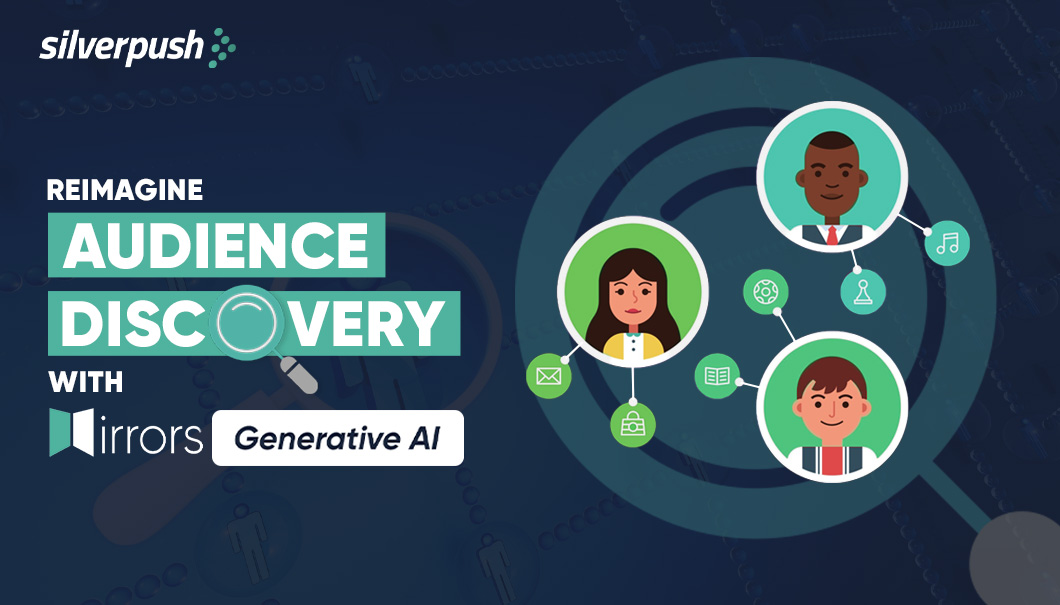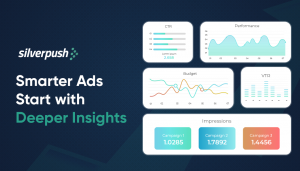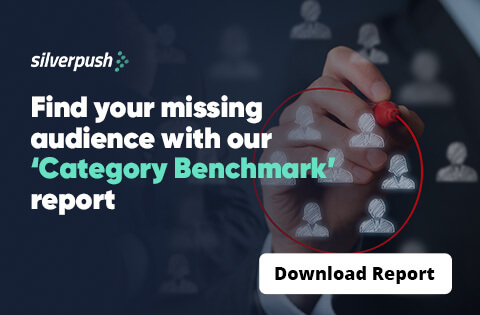Finding Needle in a Haystack with Mirrors Generative AI | 27 Sep, 2023

In today’s fast-paced digital landscape, understanding your audience is paramount to success. The ability to connect with your target audience is the key to achieving your goals. But how can you ensure that you’re reaching the right people in a world overflowing with information?
Understanding Audience Intent Consumption with AI
Artificial Intelligence (AI) has become a game-changer in the world of advertising especially when it comes to analysing vast amounts of information and extracting meaningful insights to help identify & understand the target audience better.
AI-powered tools can help advertisers to analyze consumer behaviour patterns, purchasing habits, social media interactions, and online content consumption to uncover valuable information about consumer preferences and sentiments. By leveraging this technology, brands can gain a deeper understanding of their target market, identify emerging trends, and refine their brand values accordingly.
Furthermore, AI algorithms can spot trends and connections in consumer data, which helps businesses match their brand values with what their audience wants. This analysis helps brands create messages, designs, and marketing plans that really connect with their target customers.
Crafting Compelling Brand Stories Using Generative AI
Mirrors Generative AI is a contextual planning tool designed by Silverpush to help advertisers reach their overlooked and untapped audience in the cookieless era. Its real power lies in its ability to seamlessly integrate AI as a co-pilot to human intelligence. The advanced technology builds a comprehensive context list, well aligned with the audience’s personas and their direct and alternate interests. This enables advertisers to reach untapped/overlooked yet relevant audiences, resulting in enhancing incremental reach.
How does Mirrors Generative AI Understand Audience Intentions and Content Consumption Patterns?
1. Identify Key Contexts Across the Internet
Every time a consumer goes online, they express their intent in countless ways. From the content they read, what they search for, the type of device they access it on, and the time of day.
The technology identifies key contexts across web pages, surveys, and a wide range of content on the open web, examining each word with precision. This enables Mirrors Generative AI to uncover content consumption patterns, decipher meaning, and extract valuable insights that surpass surface-level understanding.
Mirrors Generative AI suggested personas and content themes are delivered through machine learning and constantly verified using up-to-date panel data. They are robust, trustworthy, and completely free from human bias.
2. Predictive Audience Insights
Mirrors Generative AI doesn’t stop at understanding and personalizing content; it can also predict audience behaviour. By analyzing large datasets, AI models can identify patterns and trends that human analysts might miss. This allows advertisers to anticipate changes in user behaviour and adjust their strategies accordingly.
For example, if the AI predicts that a certain segment of the audience is likely to show increased interest in fitness products during the summer months, advertisers can proactively target that segment with relevant campaigns.
3. Mapping Audience Personas to Contextual Intelligence
It identifies patterns and correlations between audience personas and contextual factors, to uncover commonalities, preferences, and behaviours within specific contexts. This mapping exercise determines personas are likely to respond favourably to specific contextual elements. Achieving high engagement relies on targeting diverse audience personas with their specific interests in the right moment and context. However, advertisers still rely on manual context-building methods, which, despite their partial success, have several limitations.
Conclusion
Finding new target audiences can feel a lot like searching for a needle in a haystack. But, through Mirrors Generative AI, advertisers can identify net new audiences across hundreds of millions of potential consumers. Generative AI is a look ahead of the fast-paced evolution of technology, helping audience discovery using different models to reinvent the way work is done.

BLOGS
Partner Spotlight: Alice Ovadia, VP of Media Strategy
Silverpush is excited to highlight TRUth for our Partner Spotlight this week. We caught up with Alice Ovadia, VP of Media Strategy at TRUth, to learn more about the agency and talked to her about her big predictions for the ad market in the coming years. Here’s what Alice said. 1. ...

BLOGS
Why Granular Insights Are Critical for Ad Campaign Optimization
When your ad campaign ends and the dashboard lights up with a “great” VTR or a CTR that’s above average, you celebrate, right? But then comes the pause. What actually made it work? Was it the creative? The audience? The time of day? The context of the video? Most platforms ...

BLOGS
YouTube CTV Advertising: Bigger Screens, Bigger Impact
YouTube has always been a powerhouse for brands looking to connect with audiences. With over 2 billion monthly active users, it’s a platform that reaches people everywhere, on their phones, tablets, and laptops. However, the way people watch YouTube today is very different from how it used to be in the ...







